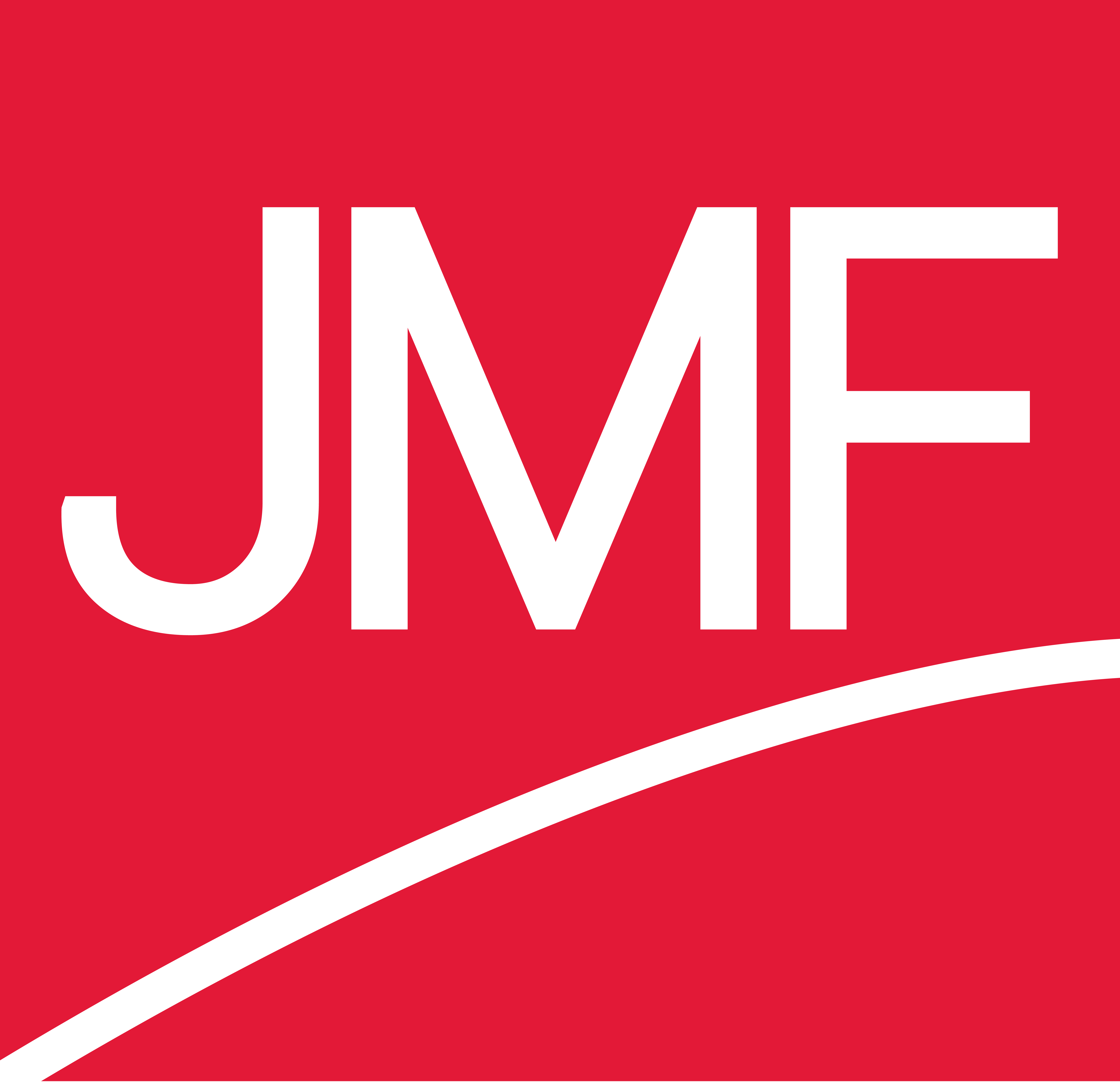The new revenue standard was issued in 2014, and the 2019 application date once seemed a long way off. Now, as 2018 comes to a midpoint, the reality of applying the new standard is at the forefront of all of our thinking. The FASB’s Accounting Standards Update (ASU) 2014-09, Revenue from Contracts with Customers (Topic 606), provides a framework for addressing revenue recognition issues, and upon its effective date, replaces almost all pre-existing revenue recognition guidance in current U.S. generally accepted accounting principles (GAAP), including industry-specific guidance. Implementation of the framework provided by ASU 2014-09 should result in improved comparability of revenue recognition practices across entities, industries, jurisdictions and capital markets. While the effective dates for the new guidance are staggered, they are now upon us. Nonpublic entities are required to implement the new guidance in their first annual reporting period beginning after December 15, 2018 (implementation for most will be January 1, 2019).
ASC 606 revenue recognition and what it means:
Before, companies had much more leeway in recognizing revenue, leading to huge discrepancies in standard practices across industries and even between businesses in a single industry.
The new revenue recognition guidance brings monumental change to how many companies account for revenue and disclose revenue-related information. While both the timing and amount of revenue recognized could significantly change, the nature and extent of revenue-related disclosures will significantly change. ASC 606 attempts to streamline the revenue recognition process across industries by matching revenues to when customers obtain control of a good or service.
Every Industry is Different, but this will affect everyone
While the policies used by almost all entities to account for revenue and certain related costs will be affected by the new guidance, the degree of change to a specific entity’s revenue recognition policies and the effects the changes have on the entity’s financial statements will vary depending on the nature and terms of the entity’s revenue-generating transactions. In addition, entities in some industries will likely be affected by the new guidance more than entities in other industries. All customer contracts fall within the scope of ASC 606 except those for which other guidance is provided in the ASC (e.g., leases, insurance contracts, financial instruments, guarantees, and nonmonetary exchanges).
Get Ready, Get Set
We can help your company as well as its management team and staff do the following:
- Understand the Core Principals, Key Steps and changes needed relating to the changes to current GAAP based on FASB ASU No. 2014-09, Revenue from Contracts with Customers
- Understand transition and retrospective adoption of the revenue recognition standard, and determine how your company will adopt the new guidance
- Find resources to help train your professional staff to ensure effective and efficient implementation of the revenue recognition standard
- Educate your users about the changes they can expect in your company’s financial statements
You say you don’t want to do it?
There is another way possibly; an alternative to using generally accepted accounting principles. It’s the income tax basis of accounting. Maintaining and reporting financial statements under an income tax basis can help simplify the financial reporting process and align your financial statements with your tax returns. Your lenders/bonding agents/financial statement user may be willing to accept financial statements on the income tax basis of reporting, but these conversations need to be had now.
We are here to help, either way. We have created a core group of trained individuals that can assist you with these challenging new rules or help you convert. Contact JMF today to begin this journey because it can wait no longer.







Leave A Comment
You must be logged in to post a comment.